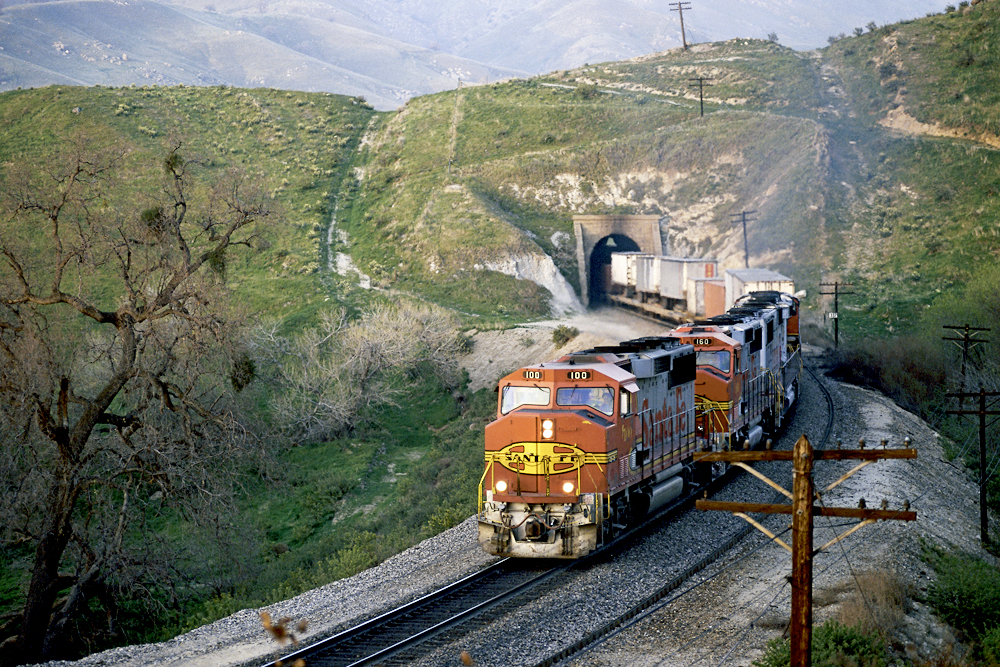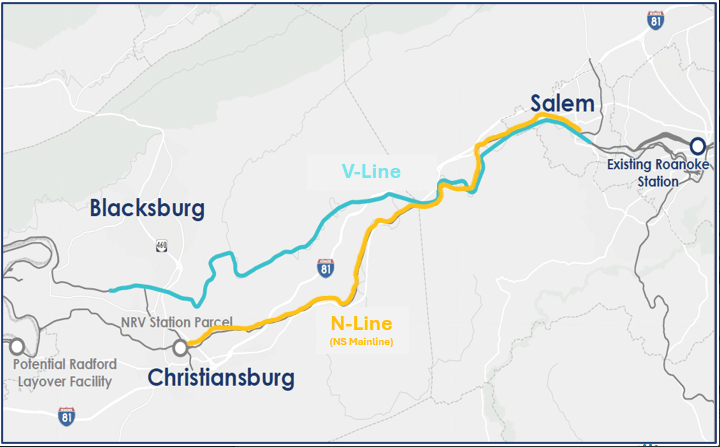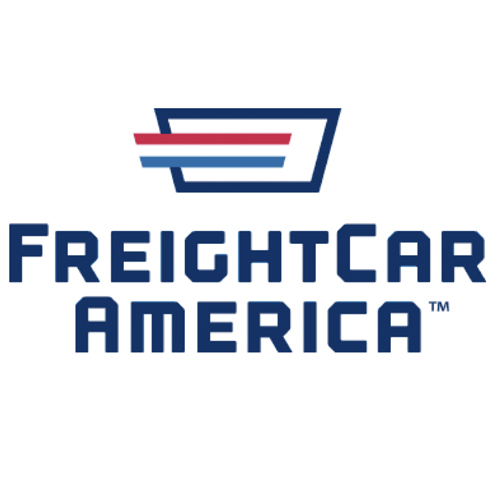Up in May …
We’re always adding new content to our website! Here’s a sneak peek at a few items coming up soon.
Travel: Exploring London by rail
Exploring London by rail unlocks the best the metropolis has to offer. As one of the world’s great cities, London is a popular destination for American travelers and one of the planet’s most railroad-intensive places. It is populated by amazing Victorian stations that blend the finest examples of 19th-century railroad architecture with the latest in modern rail transport. The city is connected by overlapping networks of urban passenger railways that could take years to explore.
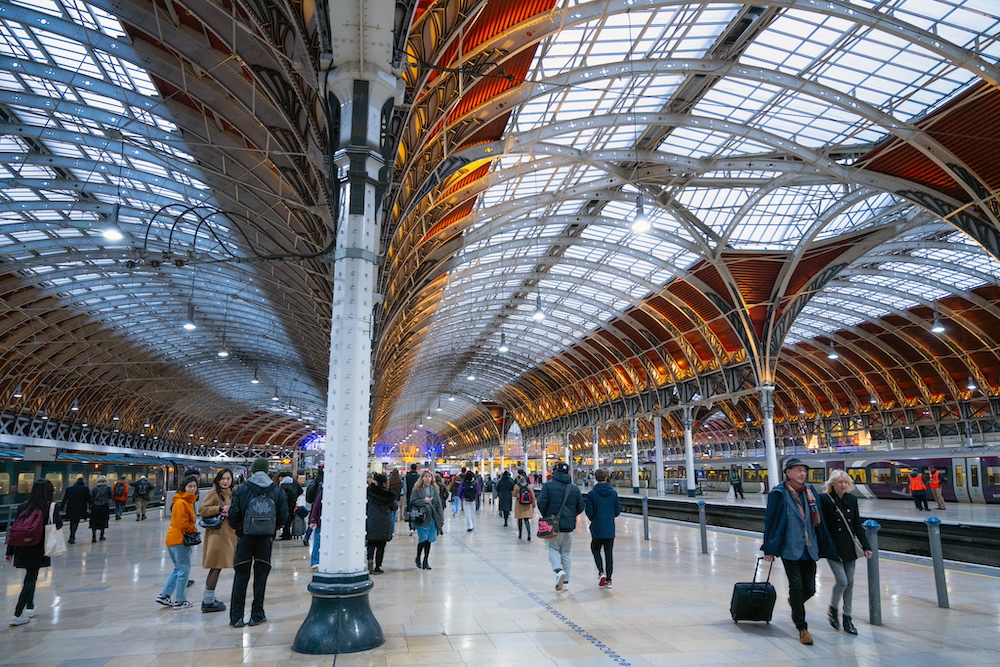
EMD’s GP30 model forges forward
The unmistakable look of EMD’s GP30 model, with its humpback design applied from the automotive styling group of General Motors in Detroit, was a popular model when introduced in the early 1960s. During its short production life from 1961 to 1963 over 900 copies were built for almost 30 customers. As was the norm back then, many variations of the locomotive were specially built for its customers, from high hoods to short hoods and cabless versions built with and without steam generators for Union Pacific as well.
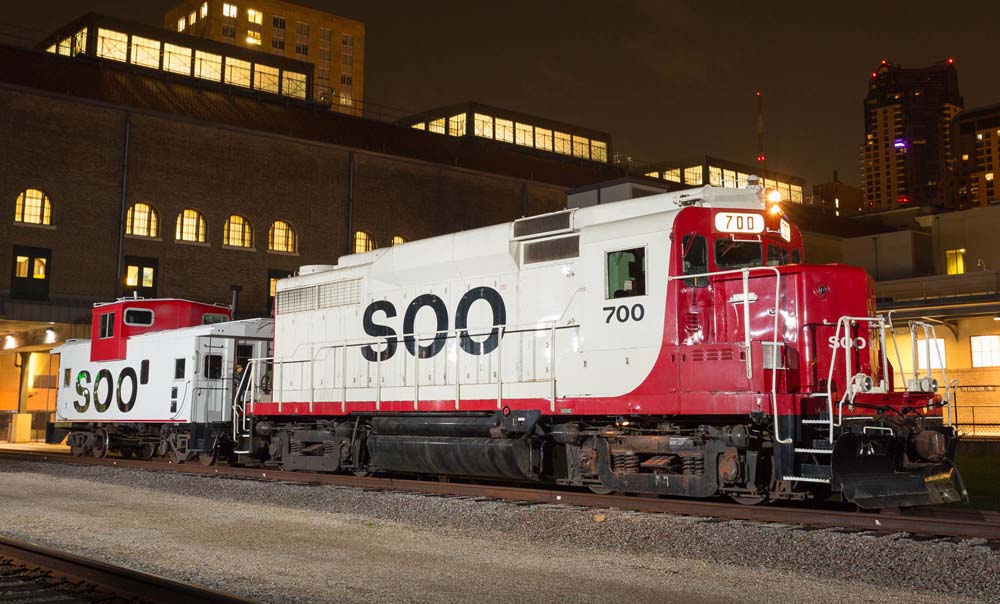
Coming in June …
Digital Train Inspection: Artificial intelligence boosts safety
Norfolk Southern is installing Digital Train Inspection (DTI) portals at key locations on its 22-state network. Each portal features sensors, stadium lighting, and an array of ultra-high-resolution cameras mounted above, below, and on either side of the rails. As trains pass through the portal — at speeds up to 70 mph — images from the cameras are combined to form a detailed 360-degree view of each car consisting of about 1,000 individual images.
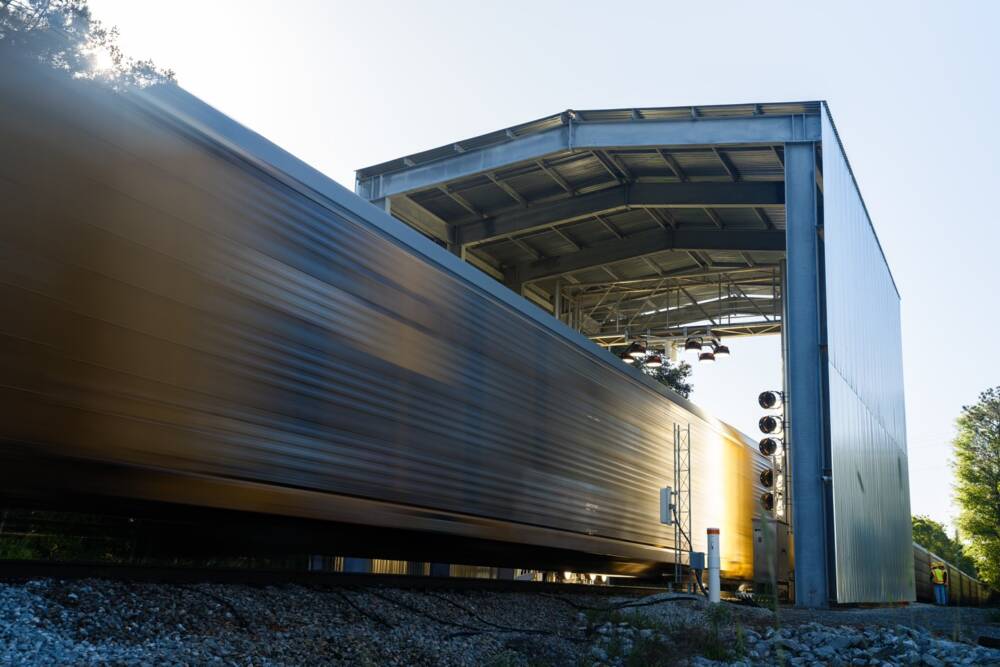
Trackage rights: Same line, two railroads
Trackage rights are one of the main reasons you may see a train from one company operating on tracks belonging to another company. Geography, for example, played a role in the long-standing agreement governing Union Pacific’s crossing of California’s Tehachapi Mountains. When this line was built by the then-Southern Pacific, there was no room for rival Atchison, Topeka & Santa Fe to build its own line through the pass so, in 1900, the railroads agreed to share the SP line and split maintenance and dispatching costs.
